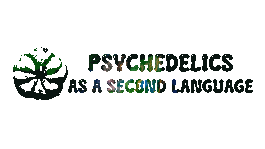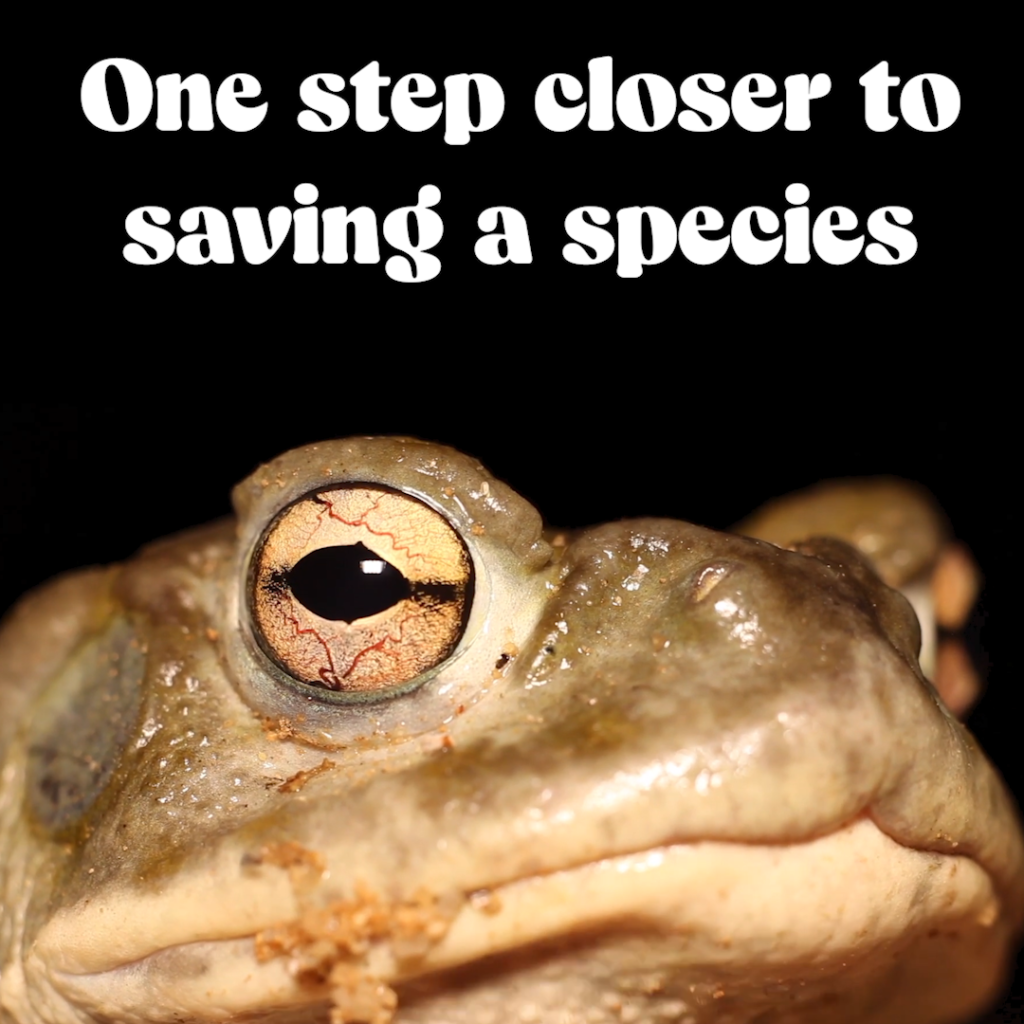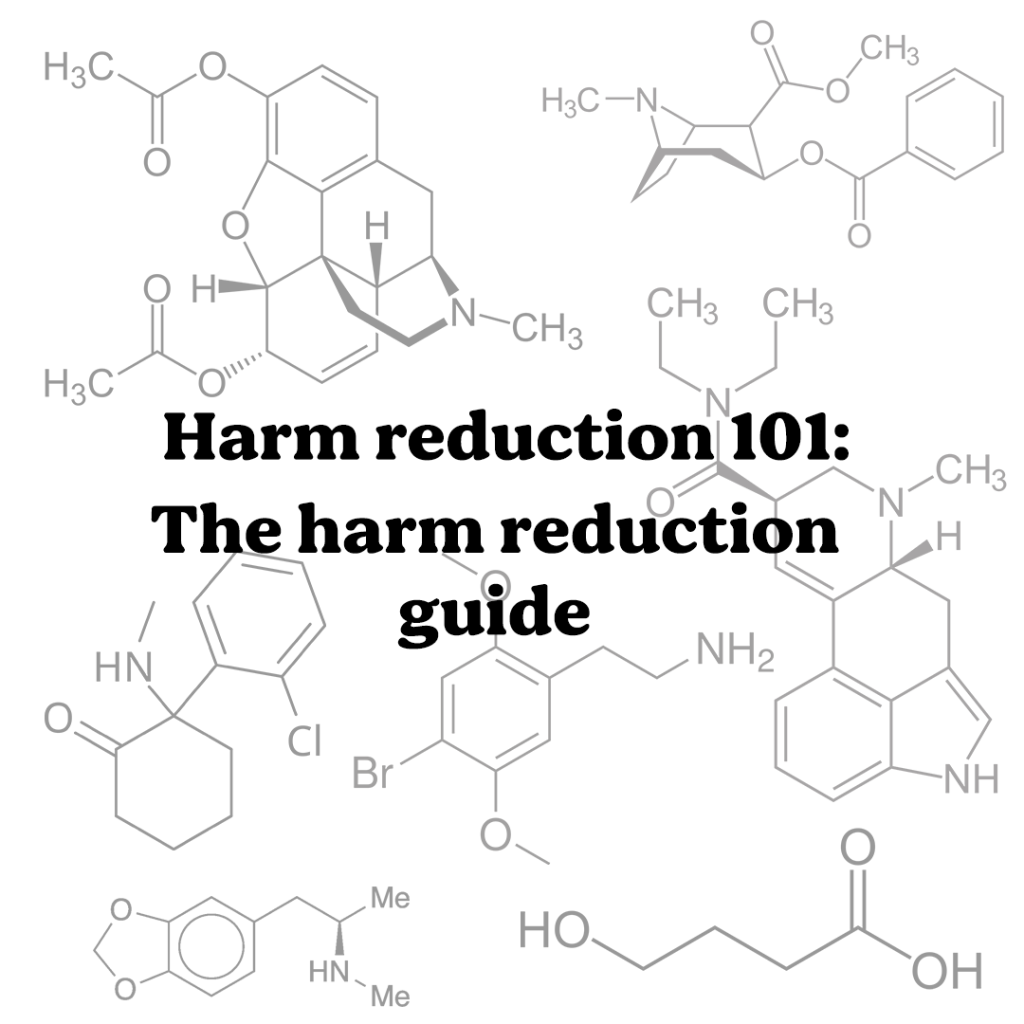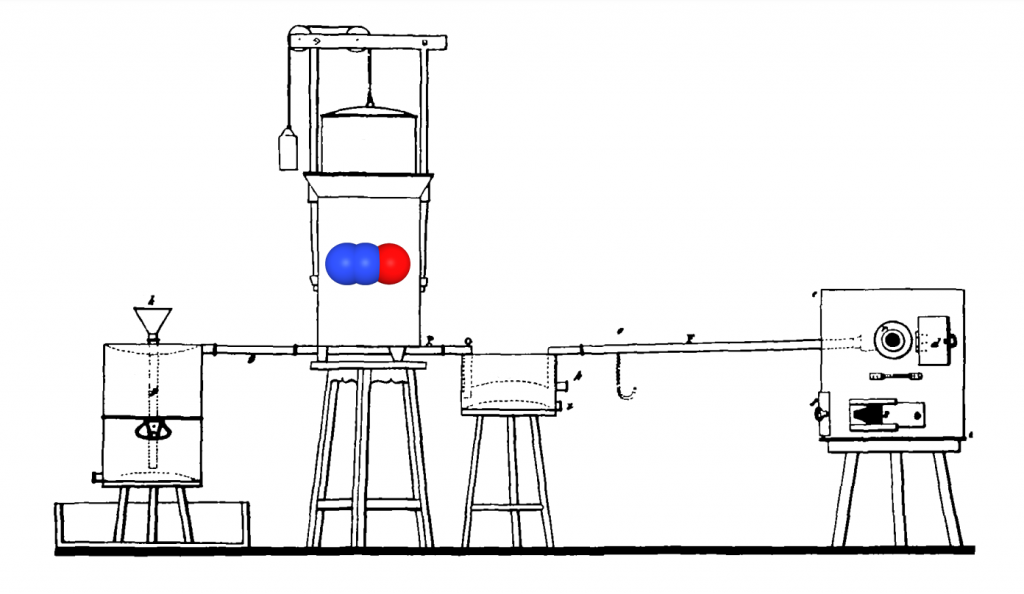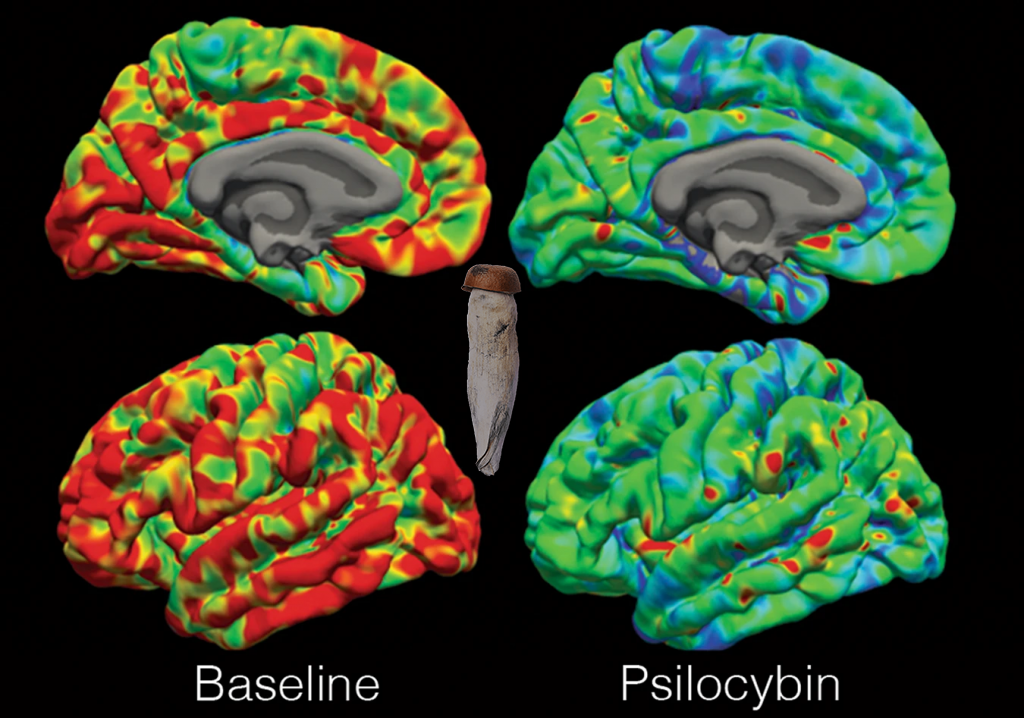One step closer to saving a species!
In the last five years, two words have spread like wildfire, “Toad Medicine” (5-MeO-DMT) is in the mouths of celebrities, herpetologists, psychonauts, and curious people. This curiosity narrowed Incilius Alvarius to endangerment due to poaching and increased movement on the Sonoran roads. Fortunately, researchers at Mount Sinai Hospital and Columbia University greeted us with another synthetic alternative to stop harming the toads 4-F,5-MeO-PyrT.
Could this be a queue to stop seeing this toad as a “medicine” and see it as a living species once again and stop abusing it for personal benefit?
One step closer to saving a species! Read More »
